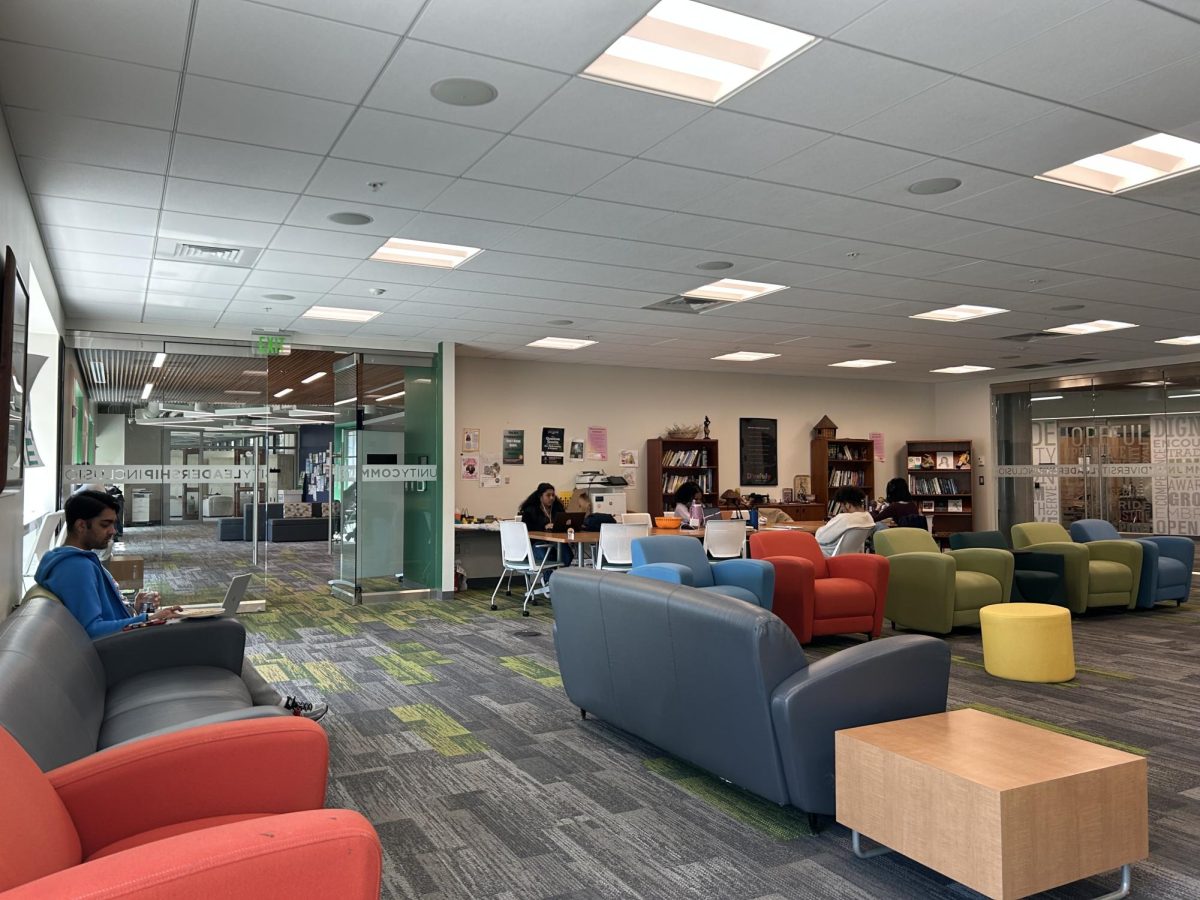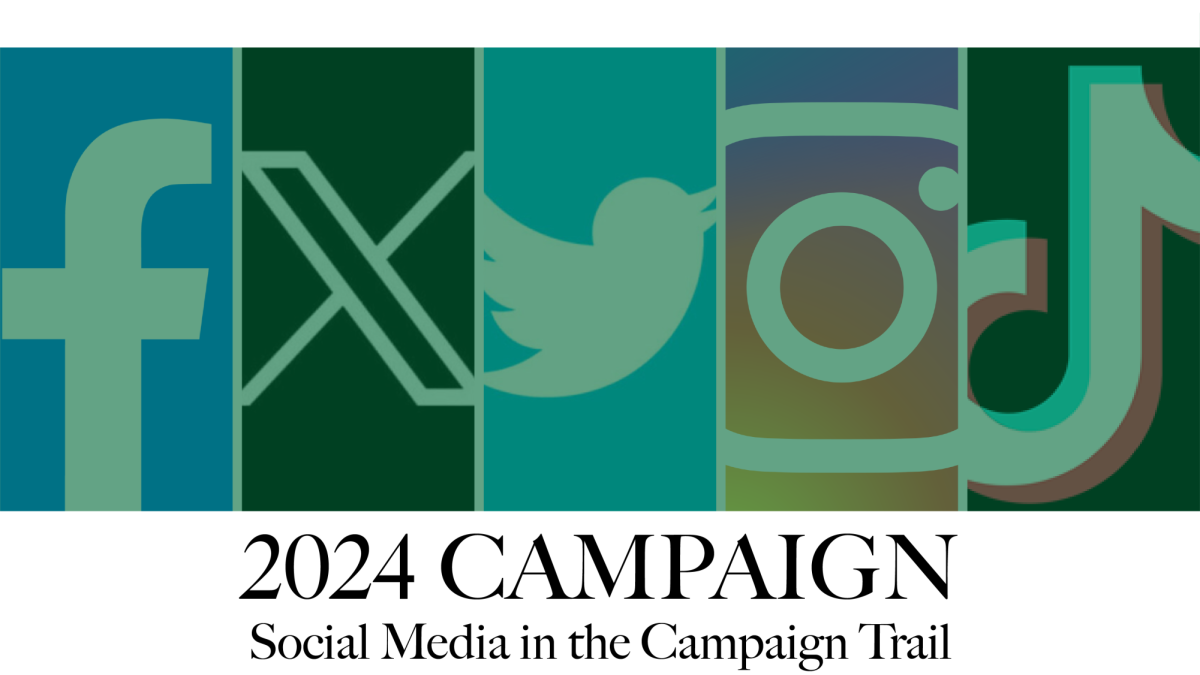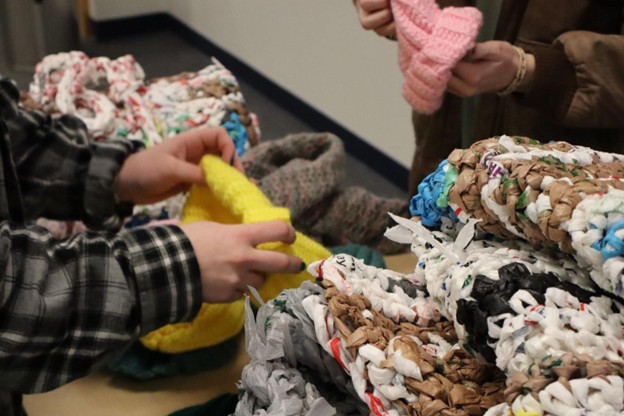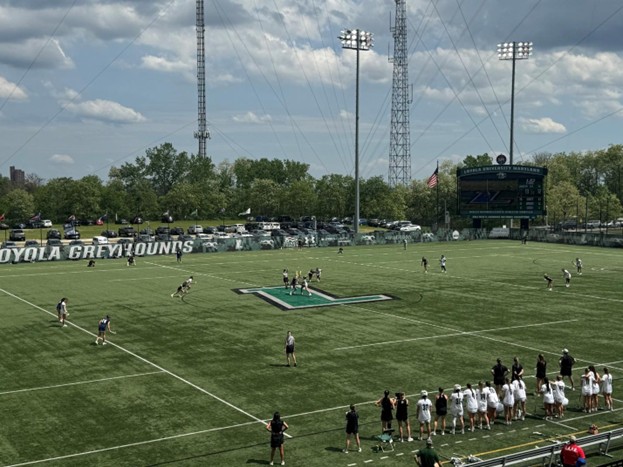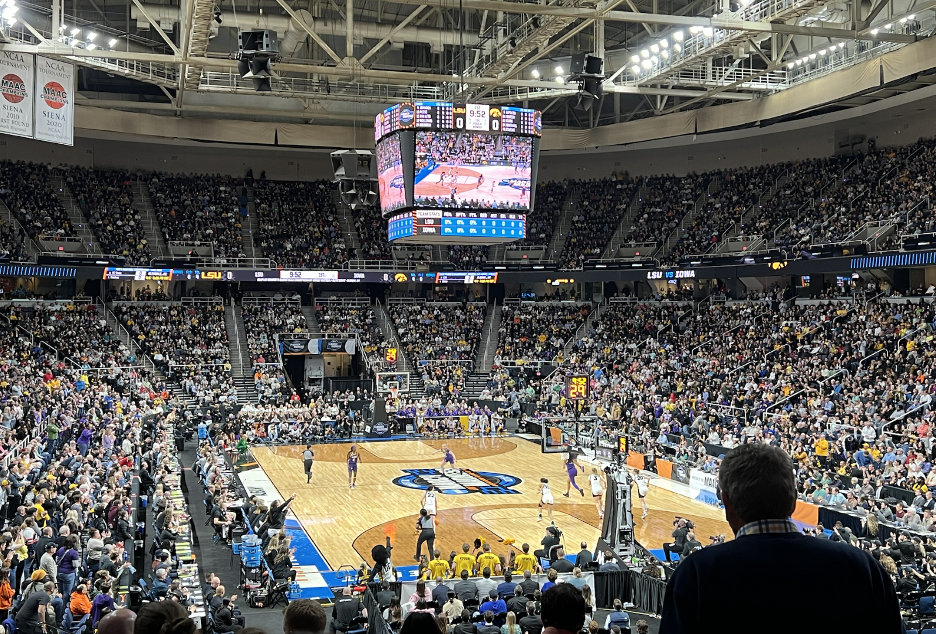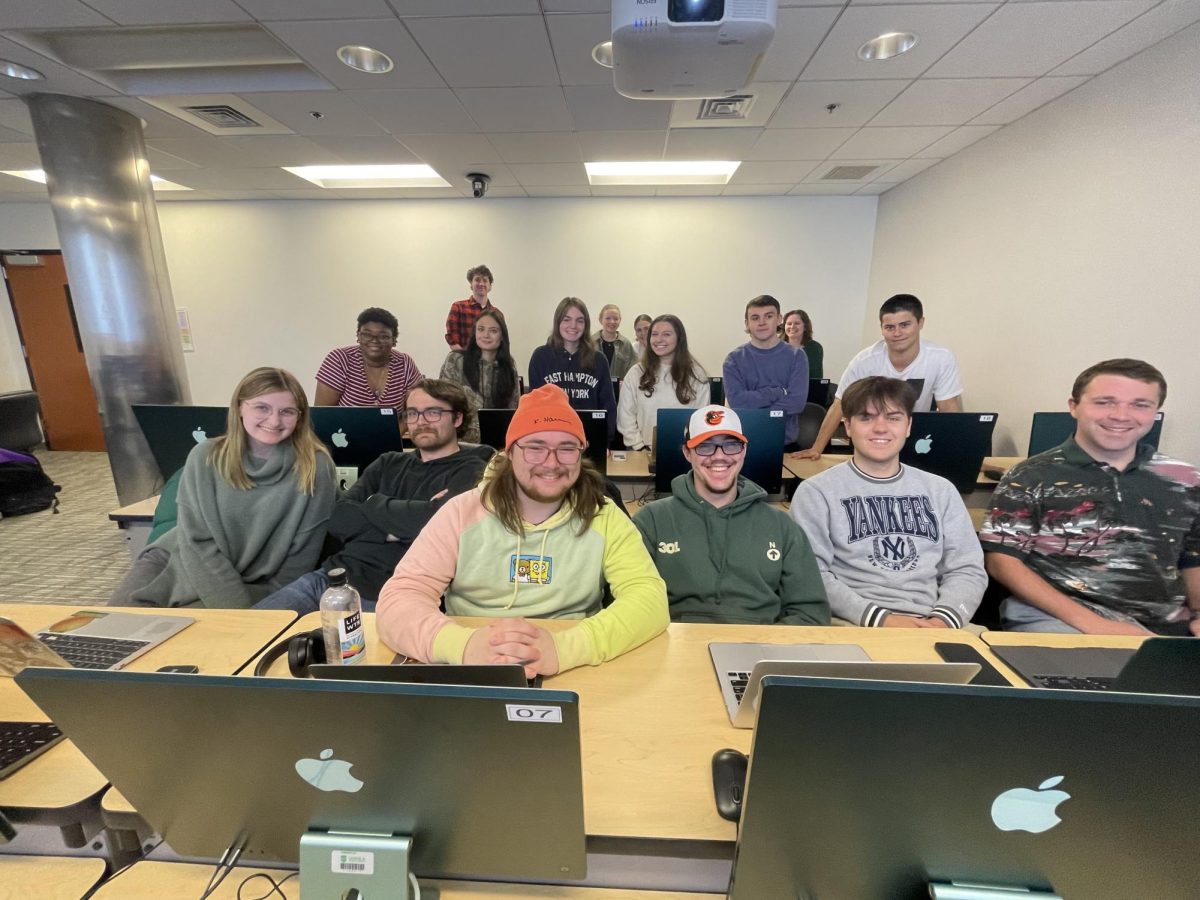As Loyola University Maryland gears up for the upcoming 2025-26 academic year, the admissions team is balancing goals of modest growth with evolving strategies to recruit and retain a diverse student body. The university’s enrollment target, expected to range from 1,050 to 1,100 incoming students, reflects a broader strategic plan to expand enrollment by 2030 slowly. Senior Director of Undergraduate Admission Andrew Cevasco discussed an in-depth understanding of what the Office of Admissions plans to do with new programs and diversity moving forward.
“We’re in a transitional phase right now. The goal is long-term growth, but in the short term, we’re finalizing how programs like nursing will impact overall headcount,” Cevasco said
Cevasco said the fall 2025 semester marks the university’s first year admitting students into a direct-entry nursing program, a shift from Loyola’s traditional general admissions process. The program has already shown significant interest, with more than 800 applications for just 40 spots.
“Nursing is a competitive and highly sought-after field. It’s a good major for us to have, in the sense that there is a lot of student interest in the field,” Cevasco said.
Cevasco emphasized that Loyola’s admissions process remains holistic, with every application reviewed by multiple admission counselors. The university wants students who demonstrate academic rigor, leadership, and a commitment to making an impact on campus.
“We’re not a numbers-driven admissions office. We take a deep dive into essays, recommendation letters, and transcripts to ensure students can thrive here academically and contribute to our community,” Cevasco said.
According to Loyola’s website, 39% of the class of 2028 identifies as students of color. A milestone that reflects positive efforts by the admissions team. Cevasco said that this milestone reflects positive efforts by the admissions team.
“Our last five incoming classes have been the most diverse in Loyola’s history. 39% of our students identified as students of color,” he said.
According to NPR, The Supreme Court reversed affirmative action which ruled that race cannot be considered in the admissions process. Cevasco stated that Loyola’s admission counselors evaluate applicants’ lived experiences through essays and other holistic measures. Local recruitment efforts and partnerships with organizations like the Greater Baltimore Urban League have expanded opportunities for underrepresented students. Programs like Charm City Promise provide financial aid for Baltimore-based students, and the removal of the CSS Profile in favor of the simpler FAFSA hasalso lowered complications for applicants.
“The Charm City Promise program is a program that we are partnered with. We are also partners with a couple of CBOs that help us organize with the community in order to gain more attention,” he said.
With Loyola’s commitment to diversity, holistic admissions, and strategic expansion, Loyola University Maryland is positioning itself for continued success while staying true to its mission of providing transformative education.
Trevor Sangiorgio ‘26 feels that the smaller student body helps create a stronger sense of community. He appreciates the opportunity to form meaningful connections with his peers and professors, which he believes enhances both his social life and learning environment.
“When coming to Loyola, I liked the fact that the class sizes were smaller and that I could become closer with the people in my grade. I also like that I’m able to know everyone in my major,” Sangiorgio said.
Sangiorgio reflected on the impact of Loyola’s smaller admissions pool on campus diversity. He acknowledged the limited number of students could influence the variety of backgrounds and experiences represented.
“I think it does in some ways. Because there are fewer students overall, it can feel like there’s less variety in the backgrounds and experiences people bring. But at the same time, I think the admissions does try to make sure there’s a mix of people with different perspectives,” he said.
Taryn Zylka ‘26 had a similar appreciation for Loyola’s smaller community. She emphasizes how it fosters closer connections among students and creates opportunities for more meaningful involvement.
“I think the lower admissions rates create a space where students can really connect with one another. You’re not overwhelmed by huge crowds, and it’s easier to get involved in clubs and organizations,” Zylka said.
Zylka shared a similar view to Sangiorgio. Both agreed that diversity is important for creating a better campus environment and hoped Loyola would continue finding ways to enhance it, even with its smaller admissions numbers.
“I’ve noticed that while there’s definitely some diversity, it could be more balanced. With a smaller group of students, it might be harder to fully represent all kinds of backgrounds,” she said.









